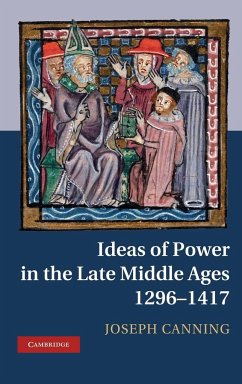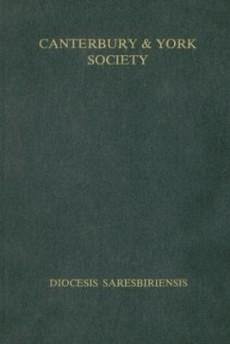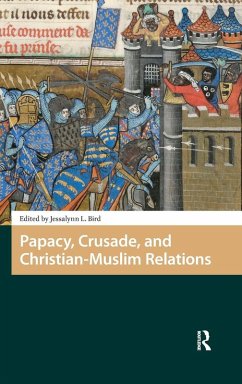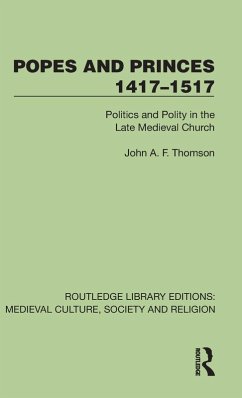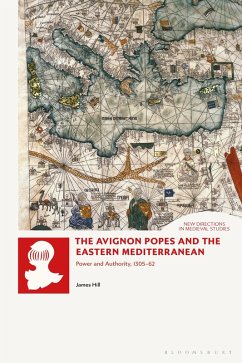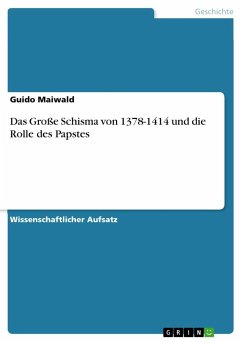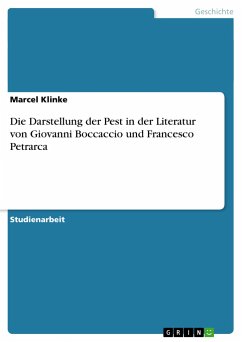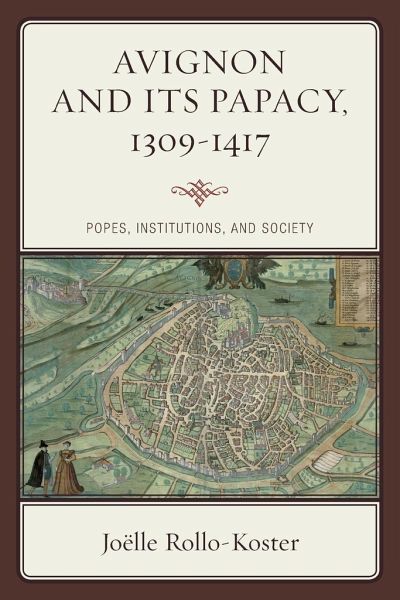
Avignon and Its Papacy, 1309-1417
Popes, Institutions, and Society

PAYBACK Punkte
21 °P sammeln!
This book traces the compelling story of the transplanted papacy in Avignon, the city mainly French popes transformed into their capital. Through an engaging blend of political and social history Joëlle Rollo-Koster tells the fascinating tale of a misunderstood era that brings to life the fourteenth-century capital of Christianity.






